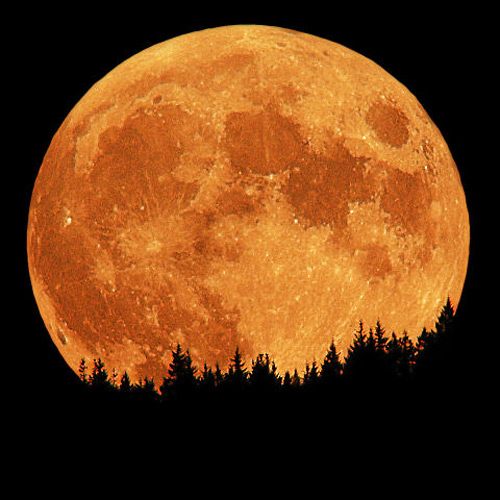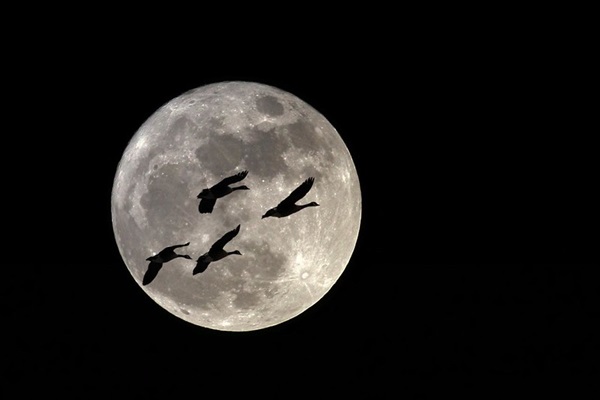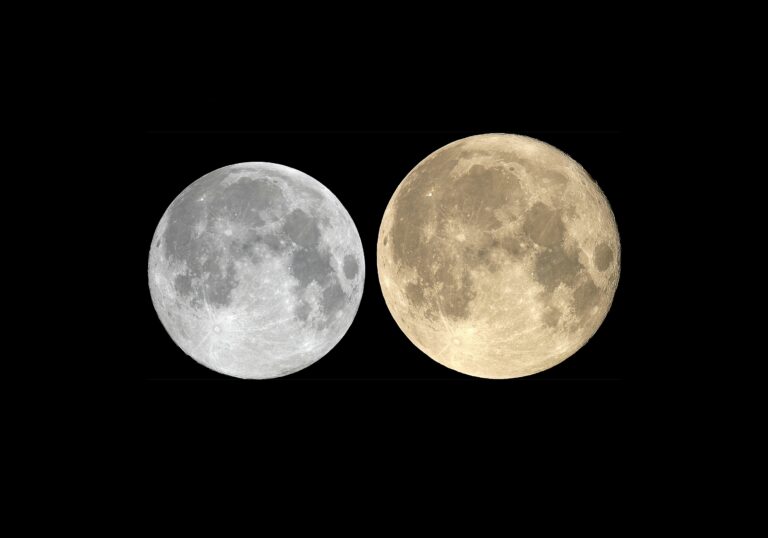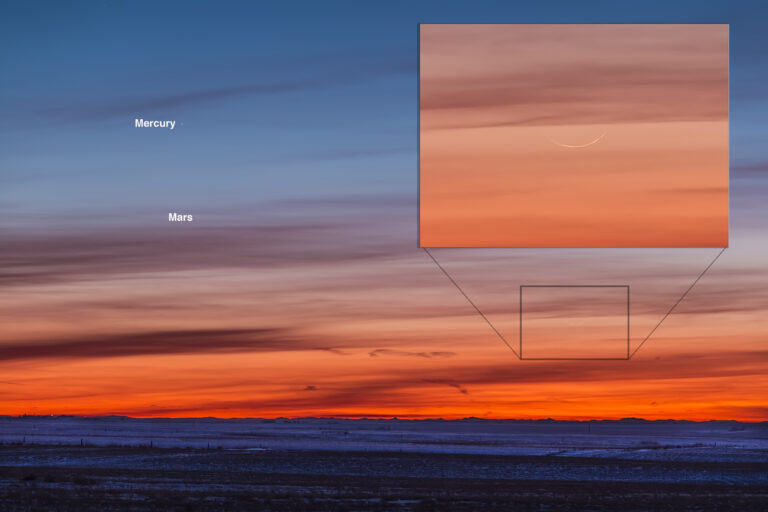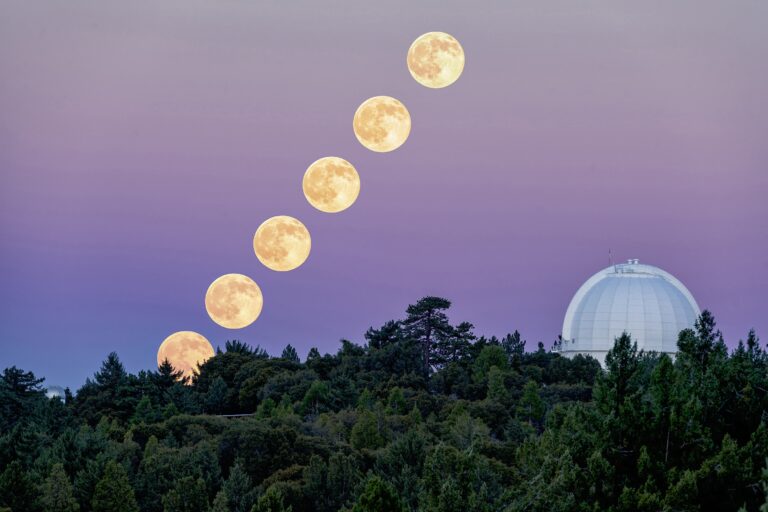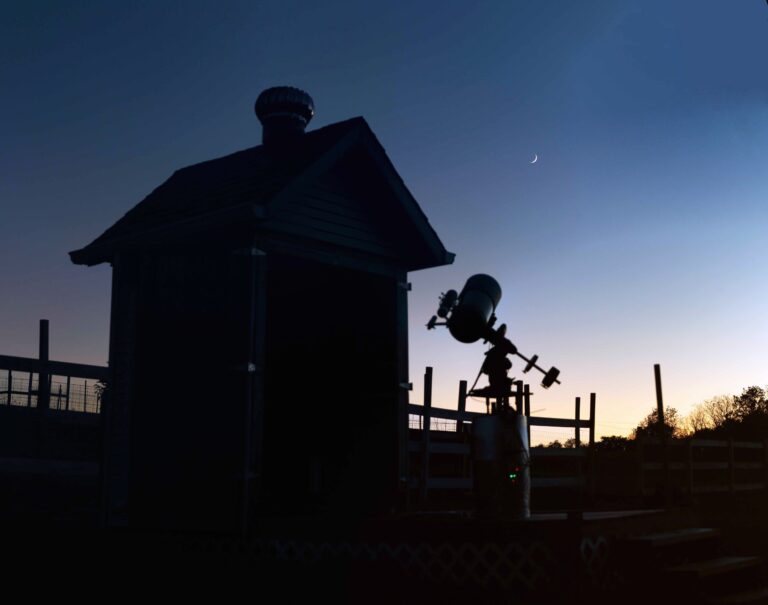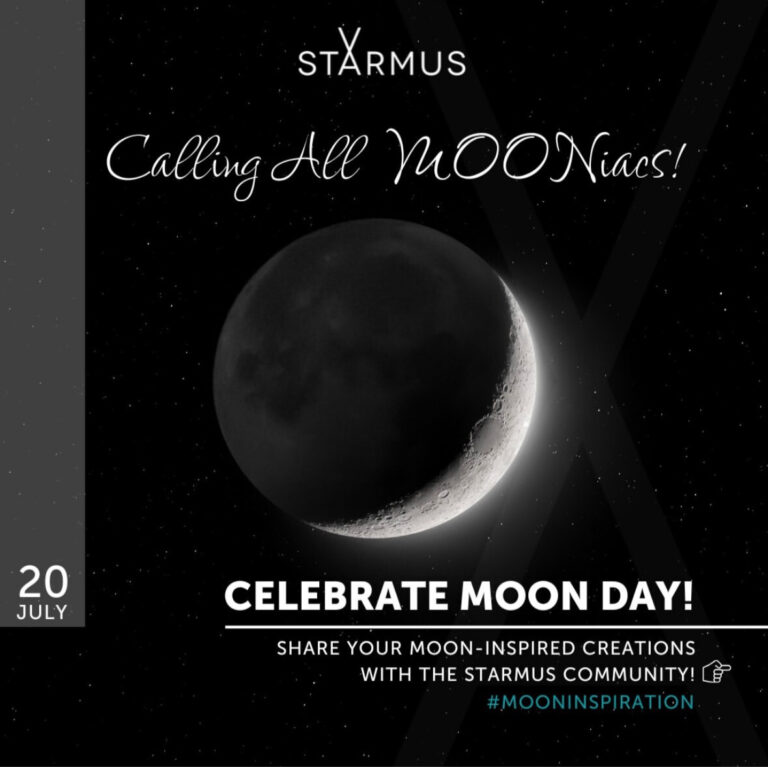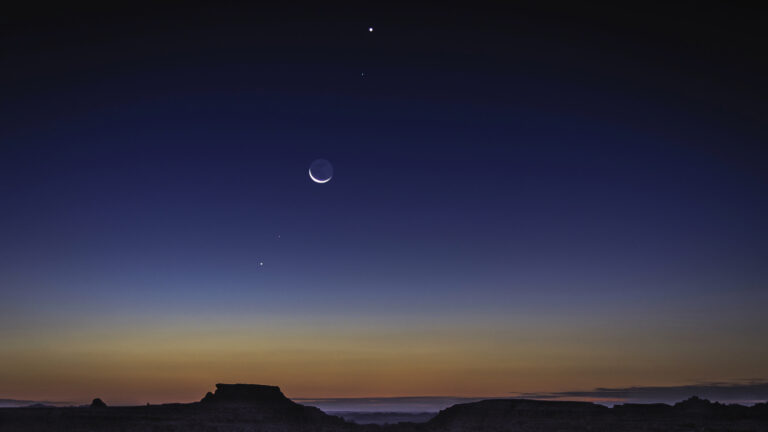Key Takeaways:
That’s not all, either. If you want to get a bit crazy, this Halloween technically sports a Blue Hunter’s Moon, as a Full Moon in October is typically referred to as a Hunter’s Moon. But what about the first Full Moon of the Month? Was that a Hunter’s Moon, too?
Actually, no. It was considered a Harvest Moon, a name reserved for the Full Moon that occurs closest to the autumnal equinox. Normally, the Harvest Moon falls in September. But every few years — this year included — it pops up in October.
Seriously, though, what’s going on with all these Moon names? And how often do such weird confluences of nomenclature occur?
Once in a Blue Moon
For better or worse, a Blue Moon doesn’t mean the Moon turns blue. According to Smithsonian Magazine, the modern interpretation of Blue Moon (two Full Moons in a single month) first came about in 1946. But that was the result of an erroneous description by amateur astronomer James High Pruett in an article in Sky & Telescope — one that was later repeated by several other media outlets.
A slightly older version of the term Blue Moon originated in the early 1900s and referred to four Full Moons occurring in a single season (instead of three, which is the norm). But today, most people use the 1946 definition. Whichever meaning you prefer, however, the saying “Once in a Blue Moon” still describes a rare event. But what is it that makes Blue Moons rare?
As the Moon orbits Earth, we see it in phases that run from New to Full, then back to New again. It takes 29.53 days for the entire lunar cycle to unfold. That’s pretty close to the number of days in a calendar month, so most months, naturally, have one Full Moon.
But 29.53 days isn’t exactly the length of a month. And the cycle doesn’t exactly match up with the calendar (i.e., the Moon isn’t always in the same phase at the beginning of each month). So, over time, the lunar phases drift to different days of the month. However, every once in a while, the 29.53-day cycle begins, ends, and begins again in the same month. This gives us a Blue Moon.
Blue Moons typically occur once every two to three years, and this Halloween’s Blue Moon is the only one in 2020. However, some years the lunar cycle lines up so there isn’t a Full Moon in February, which only has either 28 or 29 days. When that happens, both January and March can have Blue Moons during the same year, as they did in 2018.
Halloween Full Moon
This year’s Blue Moon is a bit special because it coincides with Halloween. Halloween Full Moons are even rarer than Blue Moons — the last time any part of the U.S. enjoyed the light of a Halloween Full Moon was 2001. But the last time the entire world saw a Full Moon on Halloween (thanks to the way time zones affect the dates of viewing Full Moons across the globe) was October 31, 1944.
The next Halloween Full Moon won’t hover in the skies above trick-or-treaters until 2039.
What’s in a name?
Aside from Blue Moon and Hunter’s Moon, we obviously see many other cryptic Moon names pop up each year. And, in fact, every month sports a specially named Full Moon.
According to The Old Farmer’s Almanac, these terms come from North American sources, such as Native American or Colonial American names. And, like this October’s first Full Moon (Harvest Moon), there are additional names that can supersede the standard monthly name when they fall near a certain date.
Here’s a quick rundown of the monthly Full Moon names you’re likely to see throughout the year:
January: Wolf Moon
February: Snow Moon
March: Worm Moon
April: Pink Moon
May: Flower Moon
June: Strawberry Moon
July: Buck Moon
August: Sturgeon Moon
September: Corn Moon
October: Hunter’s Moon
November: Beaver Moon
December: Cold Moon
Additionally, as mentioned above, the Harvest Moon is the Full Moon that occurs closest to the autumnal equinox. Usually, September’s Full Moon is the Harvest Moon. But this year, the equinox was on September 22. And because September’s only Full Moon was Sept. 2nd, while October’s first Full Moon fell on Oct. 1st — closer in time to the equinox — the first Full Moon of October took this year’s title for Harvest Moon.
It’s important to point out that these aren’t really official astronomical terms; professional astronomers don’t use them. Nonetheless, they do appear in popular media. So, the next time you read a headline that includes a crazy Moon name, at least you’ll know where it came from.
But regardless of what you want to call it, just make sure to step outside this Saturday to gaze up at this extra-spooky, rare Halloween edition of a Blue Hunter’s Moon. And catch more sky events just like this in our weekly column: Sky This Week.

